Reverse accent mimicry
By Jono Ryan
A recent chapter by John Levis and Shannon McCrocklin (2021) provides some fascinating insights into the ways that people react to second language accents. While it is true that a heavy accent can prove to be a major obstacle to communication, for many learner groups this is seldom the case. Nevertheless, “listeners may use accents to unfairly judge speakers’ social standing and professional competence, and in extreme situations, to justify discriminatory practices, leading to lost opportunities and devaluations of speaker standing” (Levis & McCrocklin, 2021, p. 133). Naturally, and despite the enormous challenges, some students are highly motivated to develop a native-like accent and are rightly proud to hear that they ‘sound American’ or ‘sound British’. Of course, such efforts can also have a downside, as Murtagh (2005) discusses in his memoir: while initially his colleagues were very accepting of his cultural transgressions, the better his Japanese became, the less they would tolerate even a modest faux pas.
In any case, accent modification can be a lucrative niche for the skilled teacher, and today I want to bring attention to an interesting idea that has been floating around years with very little attention: Reverse Accent Mimicry.
The concept of Reverse Accent Mimicry was first proposed in a brief article by a speech-language pathologist, Laurence M. Hilton (2005). I came across it when it was newly published and was struck by its promise of drastic improvements in L2 accents. More importantly, the central idea rang true. The article itself is practical, non-technical, and easy to read, and it appeared in one of the original open access ELT journals and is still freely available. But despite all this, Hilton’s idea has never really found an audience. Google Scholar records just three citations of it in 17 years (two masters theses and a conference paper). I have some thoughts on why, but I’ll offer those in a follow up post and will focus here on describing the premise.
In the article, Hilton describs his experiences 30 years earlier as a learner of French in Europe, where his US accent proved a frequent barrier to communication. His vocabulary and grammar were good and getting better, but his accent had congealed. One night he went to the cinema with friends to watch an English language film that happened to include the French actor Maurice Chevalier, who spoke English with a distinctly French accent. Afterwards, “to impress my friends, I began sarcastically impersonating Chevalier, mimicking his animated facial expressions and both speaking and singing in his very noticeably French accented English” (2005, n.p.). In doing so, Hilton realized that he suddenly sounded French, and that he was achieving this through the way he positioned his throat, mouth, lips and tongue. Holding this pose, he was then able to switch from French-accented-English to French-accented-French with dramatic improvements in the clarity of his speech. The story doesn't quite end there, but this is the core insight that Hilton was able to work with, firstly for himself and later with second language learners.
I’ve been thinking about this approach on and off for about 15 years and I think it works. But I have only trialed it with a handful of classes. Why so infrequently? Firstly, I find the idea of mimicking another person’s accent troubling – it feels too close to a familiar form of mockery. Secondly, I haven’t quite nailed it as a teaching technique. I’m sure it would work better in a foreign language context (e.g. studying French in the New Zealand) rather than a second language context (e.g. migrants learning English in the New Zealand). But I also think that I need to work on the associated activities more. I’m going to give this some more thought and come back to it in another post, but I’d be very interested to hear from anyone who’s used the technique, successfully or otherwise.
References
Hilton, L. M. (2005). Reverse accent mimicry: An accent reduction technique for second language learners. The Internet TESL Journal, 11(1). http://iteslj.org/Techniques/Hilton-AccentReduction.html
Levis, J., & McCrocklin, S. (2021). The pragmatic force of second language accent in education. In G. Planchenault & L. Poljak (Eds.), Pragmatics of accents (pp. 117-140). John Benjamins.
Murtagh, N. (2005). The blue-eyed salaryman: From world traveller to lifer at Mitsubishi. Profile Books.
